The 5 Steps to Creating an Amazing Landscape
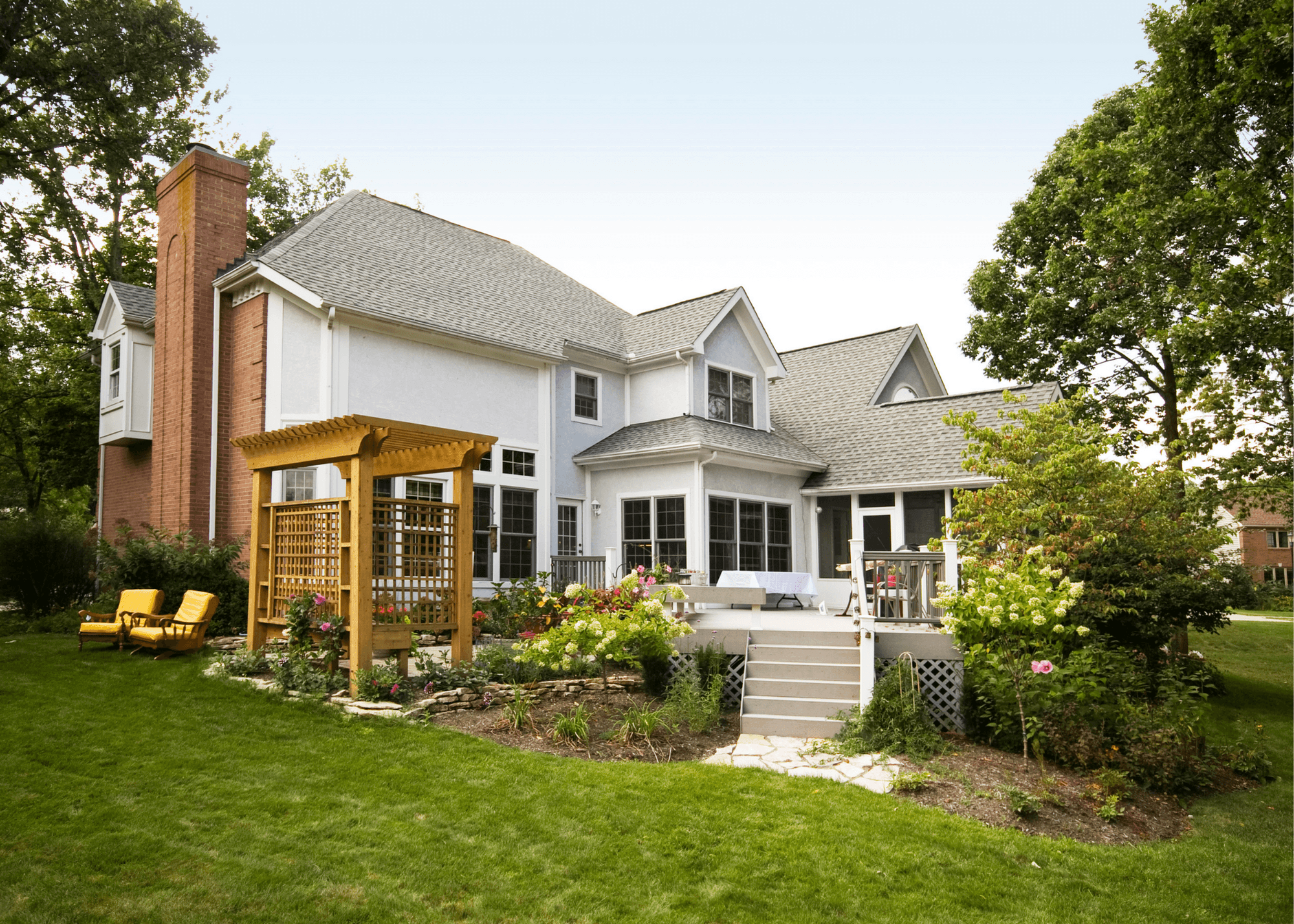
Step 1: Take Inventory
First, take a good, detailed look around your site to figure out what you’re working with. Take note of spots where water pools, any hills and dips, areas where plants seem to be doing well, which parts get a lot of sun and which ones are shaded, what the soil looks like, and so on. If you’re unsure of what to look for, you may want to consider getting professional advice.
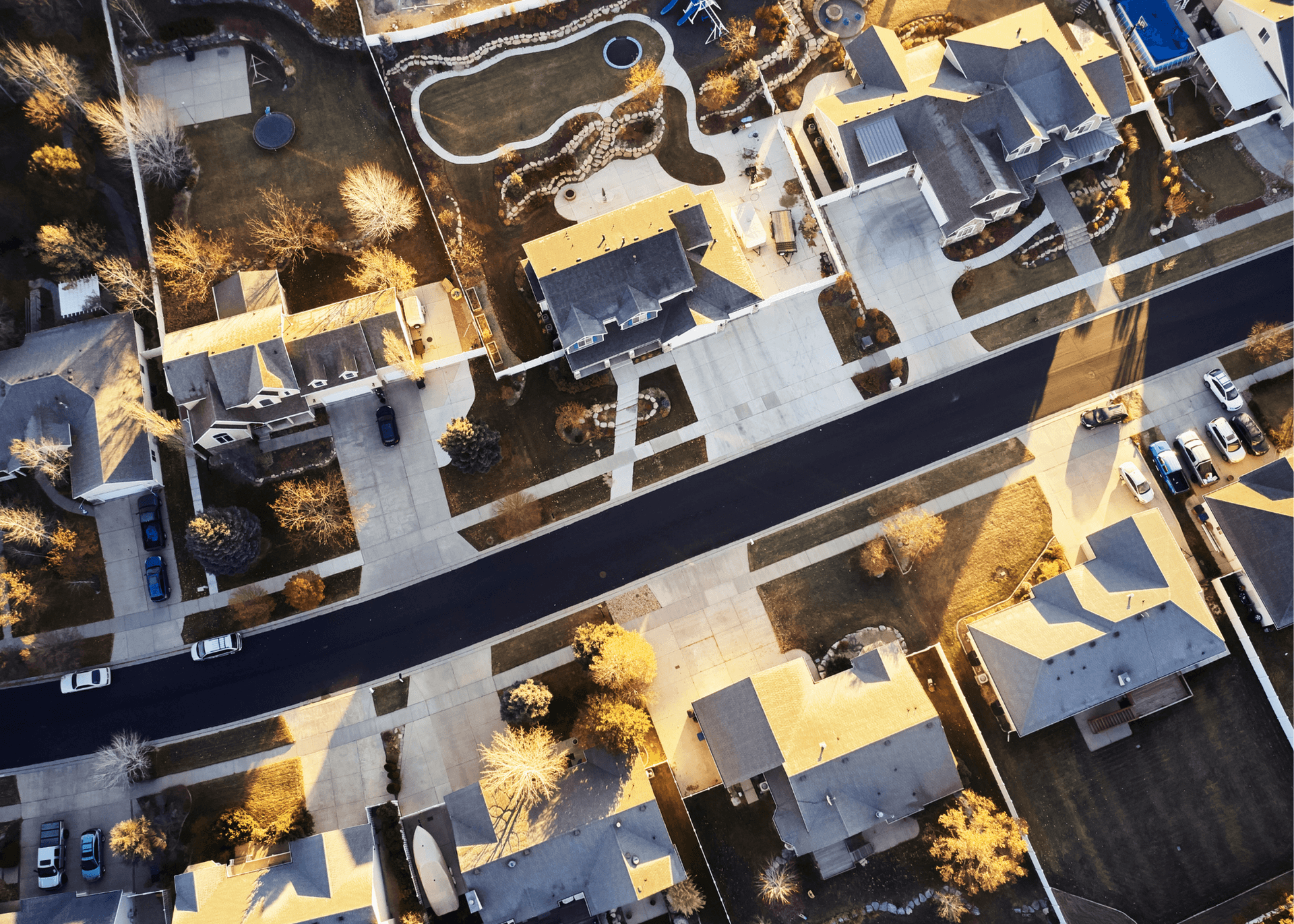
Measure your yard, figure out the dimensions, and jot down how much space there is in each part of your yard—for example, the space between your house and a fence and the distance to the sidewalk. All this prep-work can feel tedious, but it will be a necessary step in both the design and installation parts of the process. It will also make your job a lot easier to have clear measurements and a good understanding of the environmental situation of your yard.
Step 2: Gather Inspiration
Once you know what you’re working with, you can start figuring out what you want in your landscape. Browsing Pinterest, surfing the web, and looking through home and gardening magazines can help you figure out the general vibe you like, but keeping it local will really set you up for specific success.
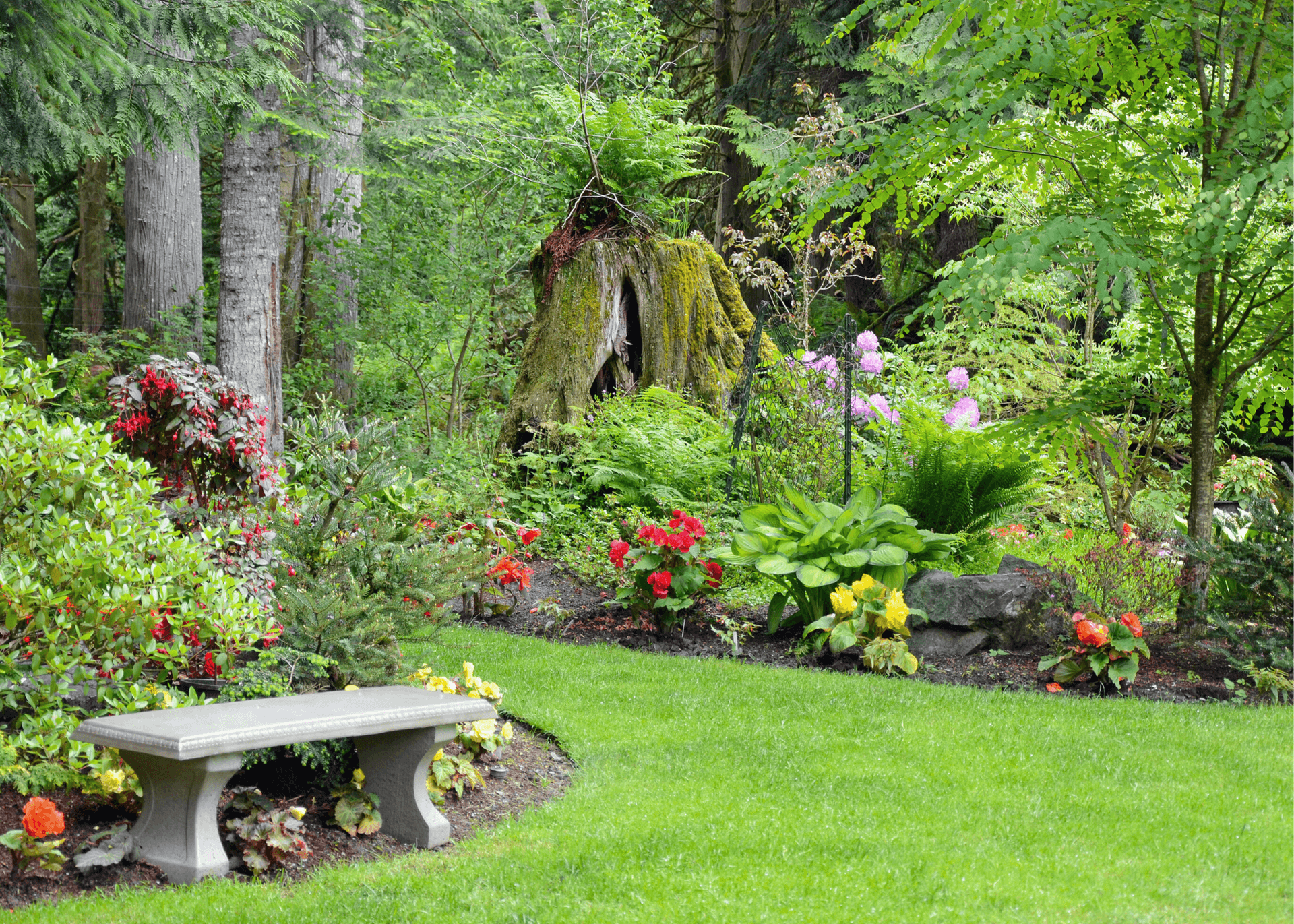
Take a trip to local botanic gardens and nurseries to see what does well in your area. Drive through nearby neighborhoods to see which plants are thriving. If they’re successful in your neighbor’s yard, chances are they’ll do just fine in your yard, as well. The best way to guess which plants will do well in your microclimate is to look around at the rest of your microclimate.
Figure out what types of plants you’ll need—do you want large shade trees? A garden? Decide what types of garden decorations you want: A bird bath, water feature, firepit, outdoor pizza oven or kitchen, etc. This stage in the landscaping process is for dreaming—get creative and solidify what your dreams are!
Step 3: Draw Up a Design
With all the groundwork taken care of and the dreaming established, it’s time to create the design. You can hire a professional landscape designer to do this for you or you can do it on your own. Using the Simplyscapes online landscape design software, you can easily start to experiment with different layout plans. When you design with Simplyscapes, you are able to lay the foundation for a living design that will continually be a resource to you as your landscape evolves over the years.
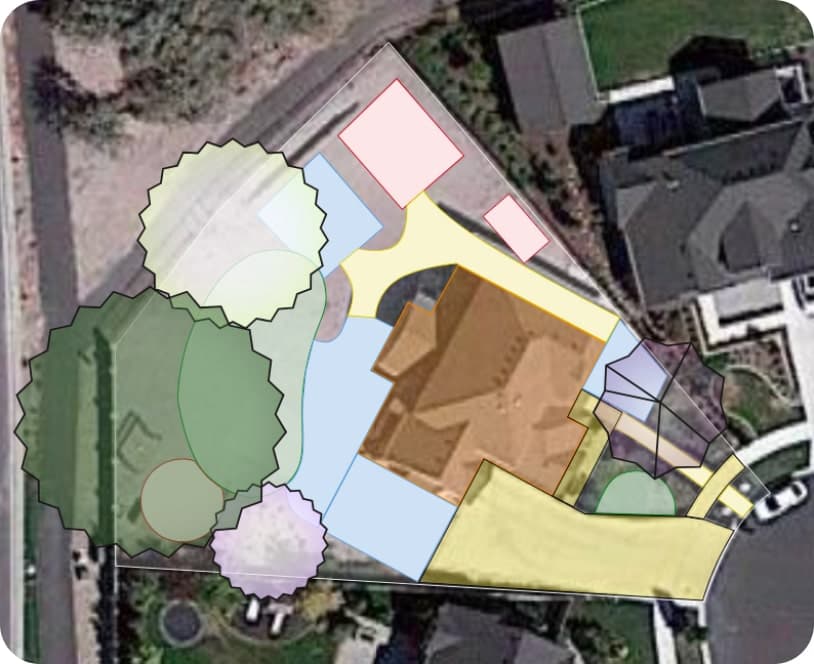
One of the smartest ways to design your yard is to lay out your spaces first. Having spaces planned out for groups to gather, kids to play, a gardening area, and other activities to enjoy will fill out big parts of your design, and the rest of it—planter beds, paths, and so on—will fall into place much easier.
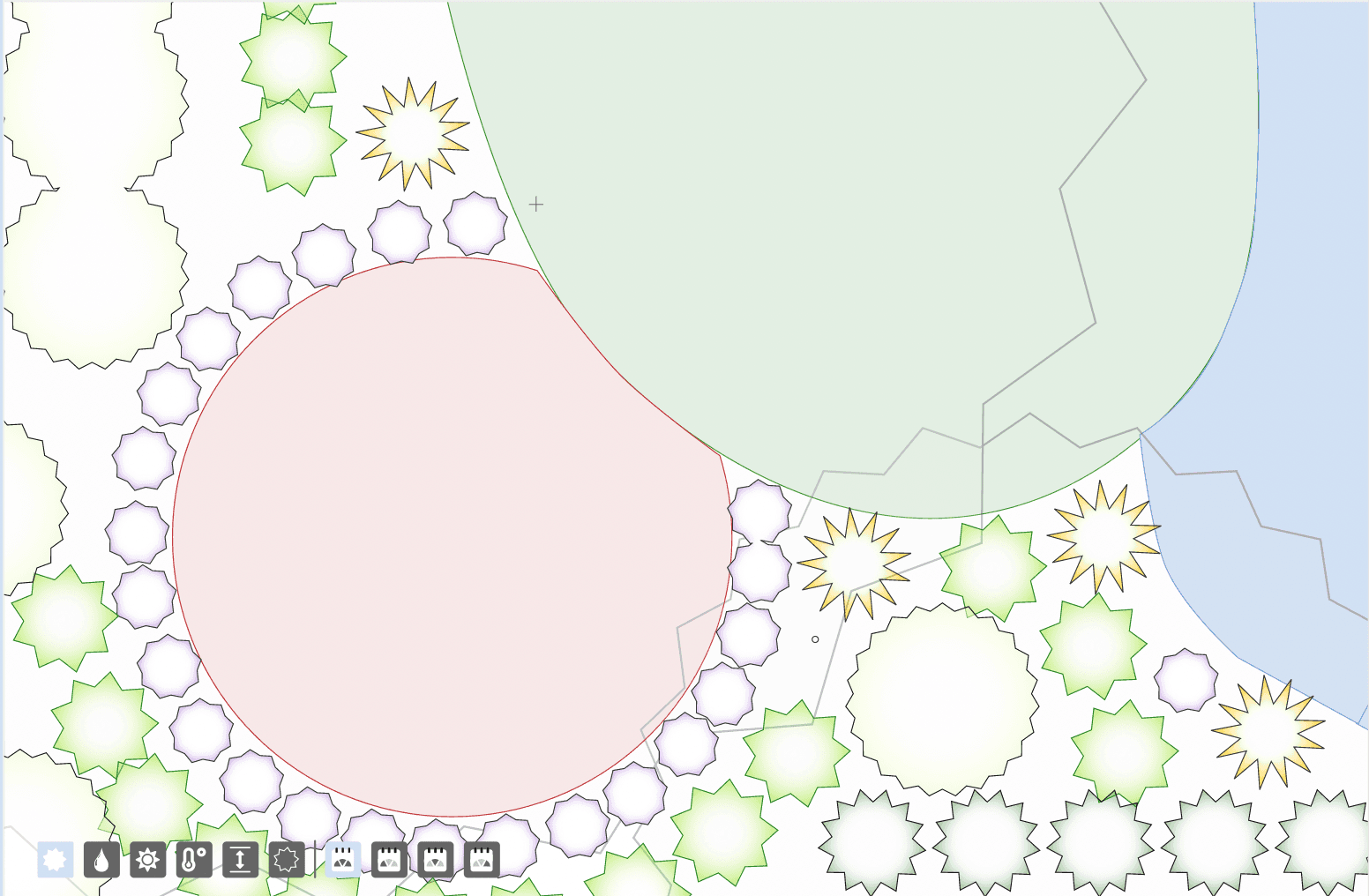
Take into consideration the site inventory you conducted earlier. Plan to put plants in areas that match their environmental needs. Group plants with similar needs (water and sun) together to make maintaining them easier and more economical. Installing water wise plants together will eliminate extra waterings. For help with knowing which plants to choose, read our article on “No-Fail Planting Design.”
Speaking of water conservation, at this stage in the process, it would also be a good idea to plan out your irrigation system (or to have a professional help you do so). This feature will be available on Simplyscapes in Summer 2022. As usual, a little bit of homework goes a long way. Installing drip irrigation in planter beds will save you hours of weeding and ensure that your perennials and shrubs can flourish.
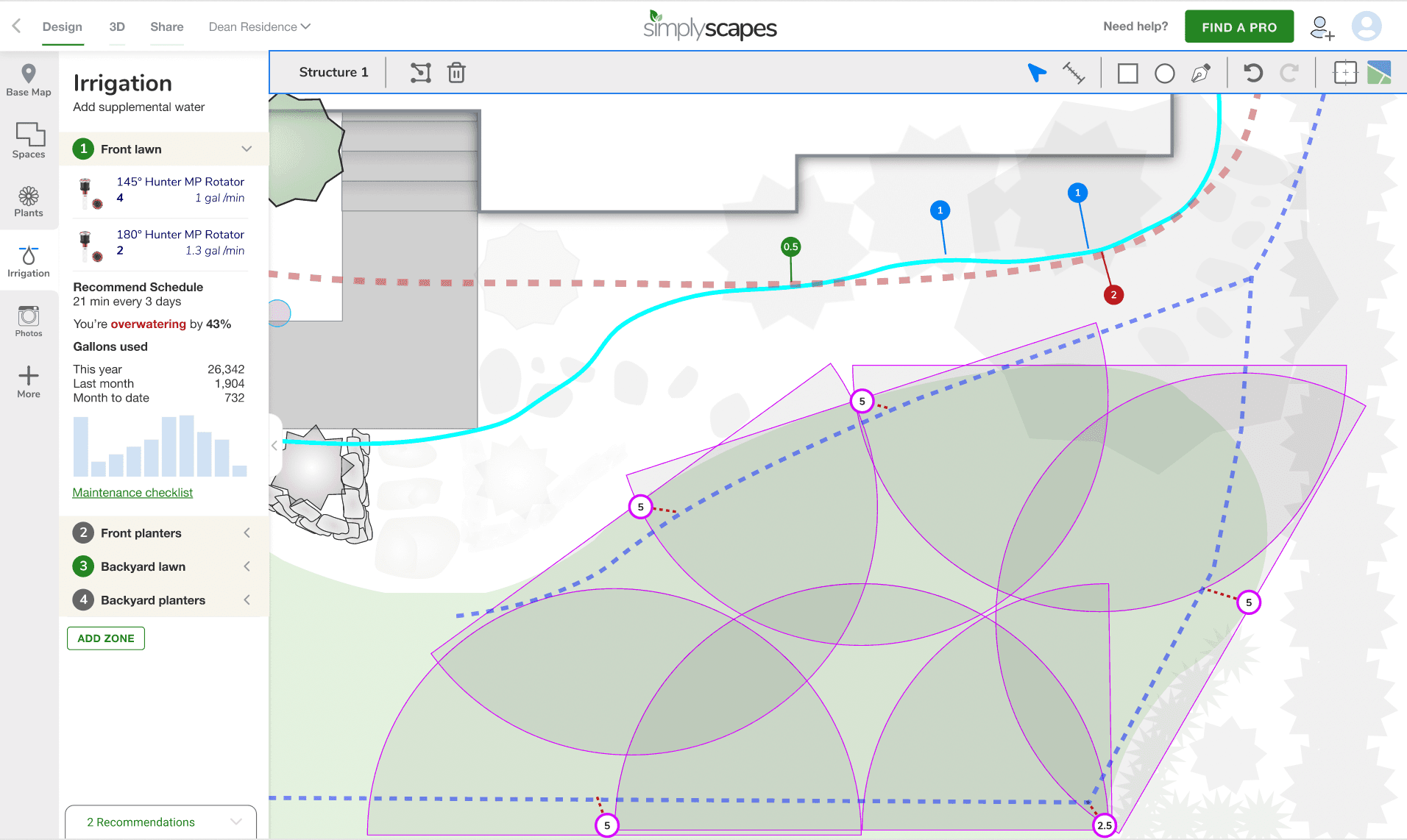
Step 4: Shop for Material
Before you purchase any plants or landscaping material, set a budget. If you’re working with a tight budget, you can make progress on your yard piece by piece. Having a budget will help you establish priorities. Because you’ve already drawn up your plan, gradual progress will stay cohesive and your yard will continue to get closer to the picture you’ve dreamed up.
A few more tips to stick to a budget: your big investments will be healthy, strong trees to anchor your yard. The perennial shrubs and flowers you plant around them don’t have to be big, potted specimens. Buying smaller plants can save you a lot of money, and within a couple years they’ll fill in their space.
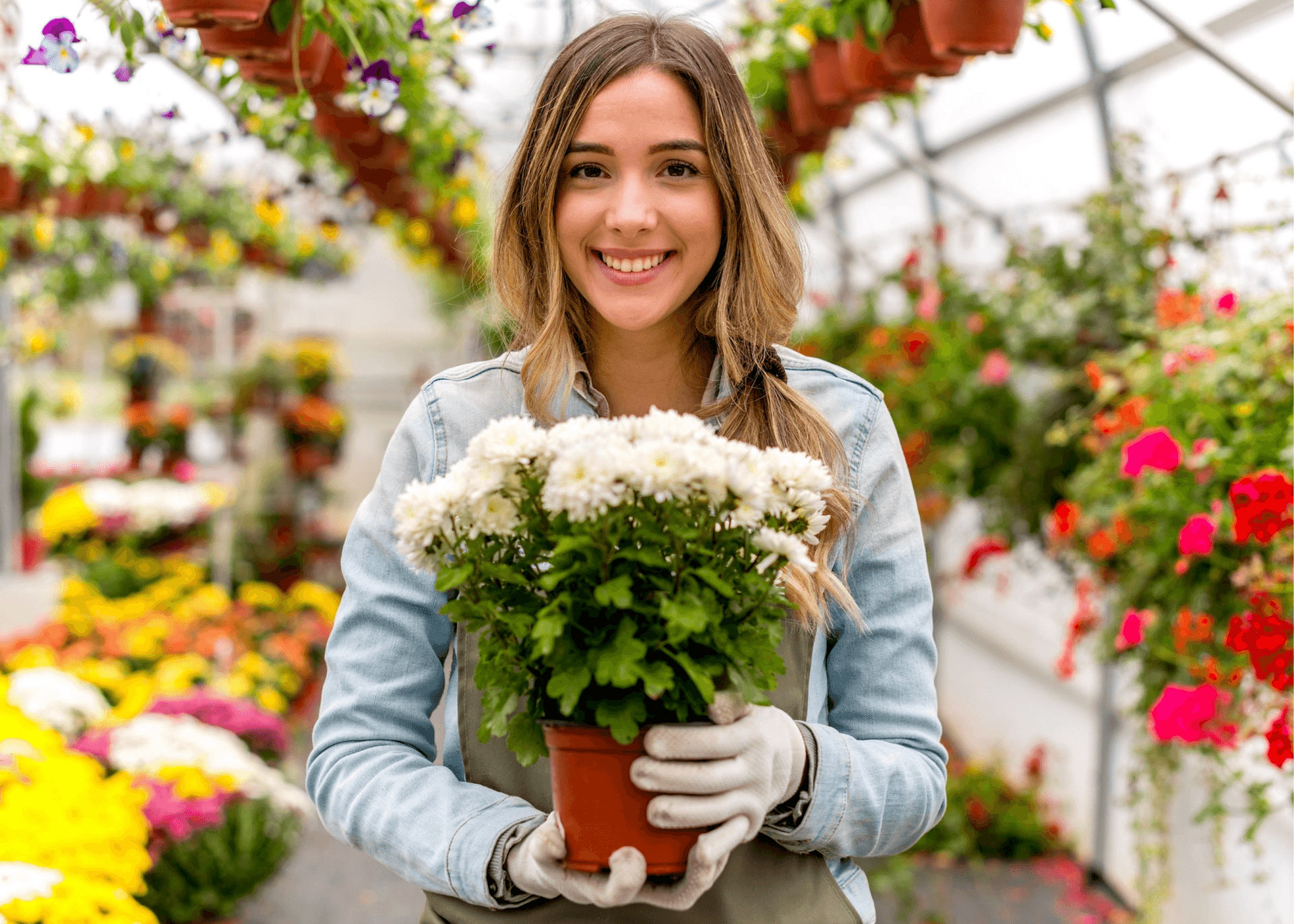
Some yard and garden materials can be ordered online but when it comes to plant material, you’ll want to shop local. A garden center or nursery will give you a better selection of healthy plants that are more adapted to your area and have higher chances of transitioning successfully to your yard. This is why Simplyscapes is working to bring you an online shopping experience with your local nurseries, this way, you can spend less time searching for specific plants and have more confidence in the plants that you do buy.
Step 5: Install Materials and Plants
Installing the materials and plants is the final step in creating your landscape. You can do this on your own or you can hire landscaping companies to do it for you.
The first stage is underground: irrigation, electricity, and plumbing. Installing these first will prevent you from tearing up newly planted trees, shrubs, and grass in your landscape later.
Then install the hardscape–the parts of your landscape that aren’t plants. This includes sidewalks, pathways, water features, cement pads, patios, pools, and so on.
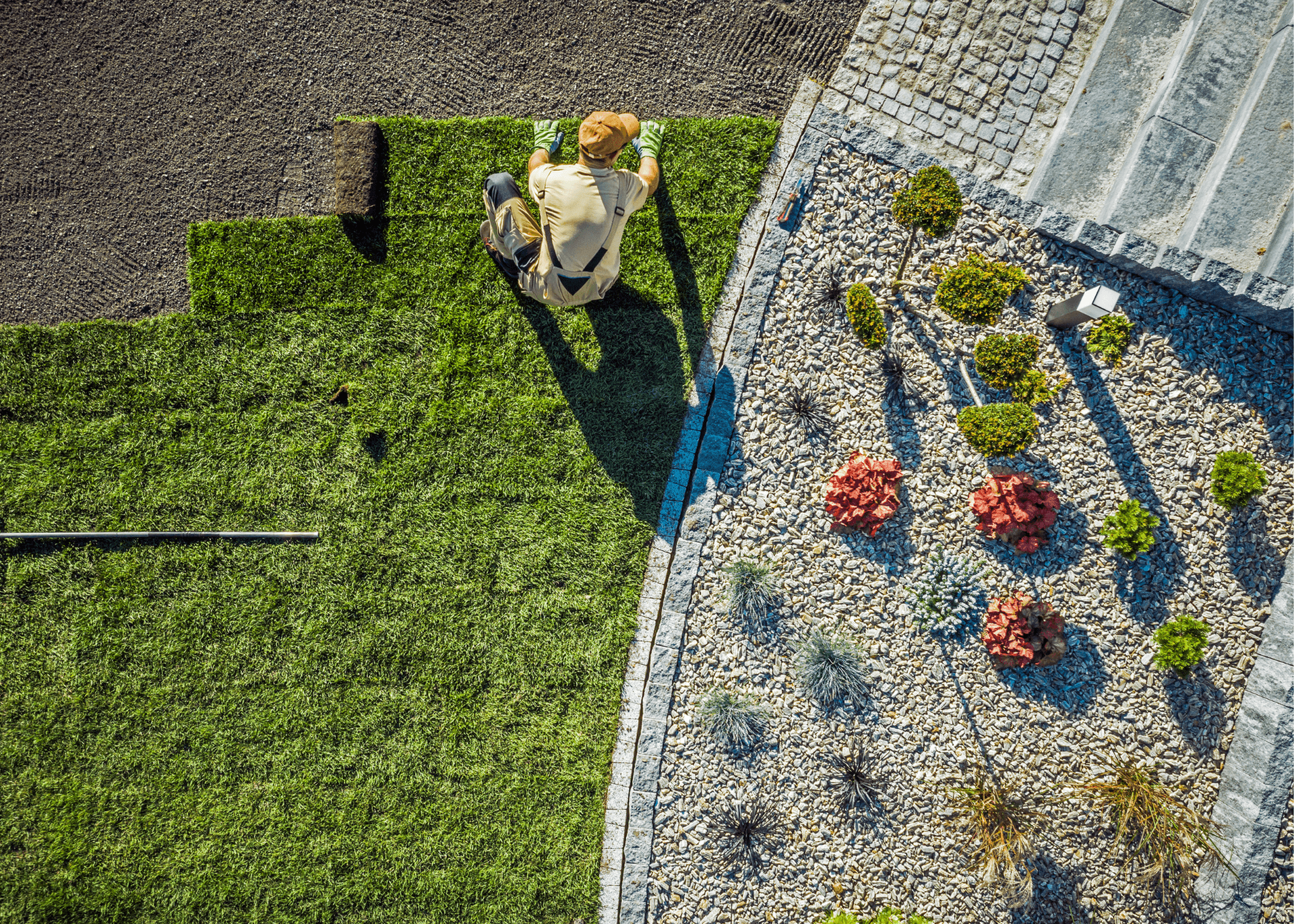
Finally, install the plants. Particularly in the western US, we recommend against installing nothing but grass in your landscape. Not only will this decrease your household water consumption and bill, it will also decrease your maintenance requirements and make your landscape more resilient. If you have questions about the order in which you should install your plants, read this article explaining landscape installation priorities.
After your plants have been positioned and planted, laying a thick layer of mulch (about 4 inches deep) around the plants will benefit your yard in several ways. Mulch keeps weeds down, retains moisture, regulates temperature, and feeds the plants over time (you’ll need to replace it periodically).
Bonus Step: Enjoy!
It takes some prep work but doing each of these steps will ensure that your yard is exactly how you want it to be. Conducting a thorough site inventory, pulling together inspiration, drawing out the design, and shopping according to your budget will bring success and a clear path to your landscaping progress. Installing the plants and hard scapes after all of these steps will be gratifying because you’ll know you’ve done it right!
After finishing all of these steps, there’s nothing left but to enjoy your landscape and pat yourself on the back for a job well done.


